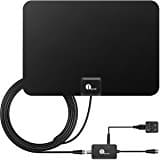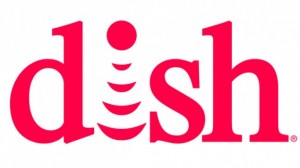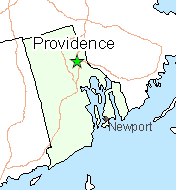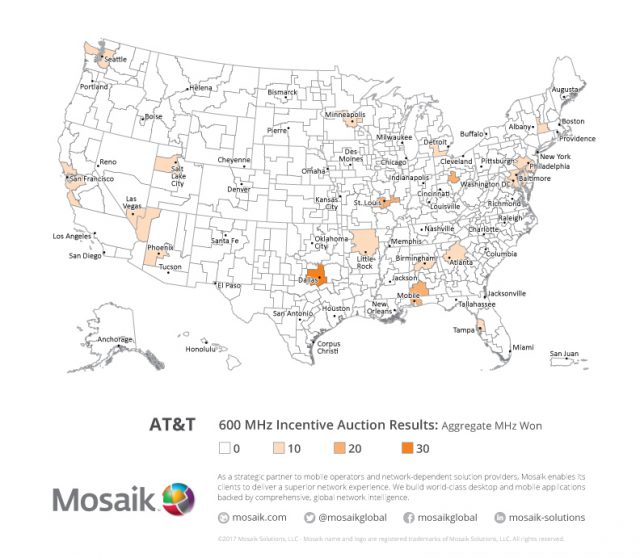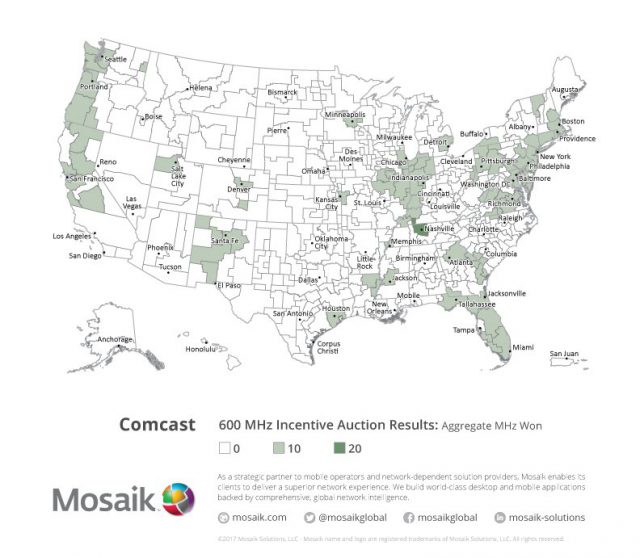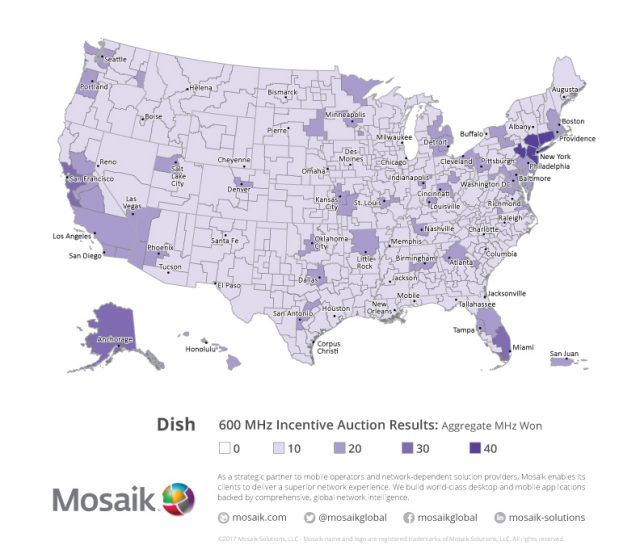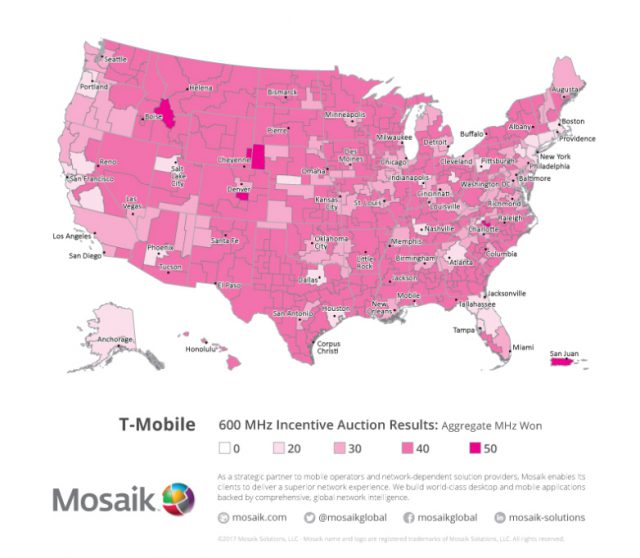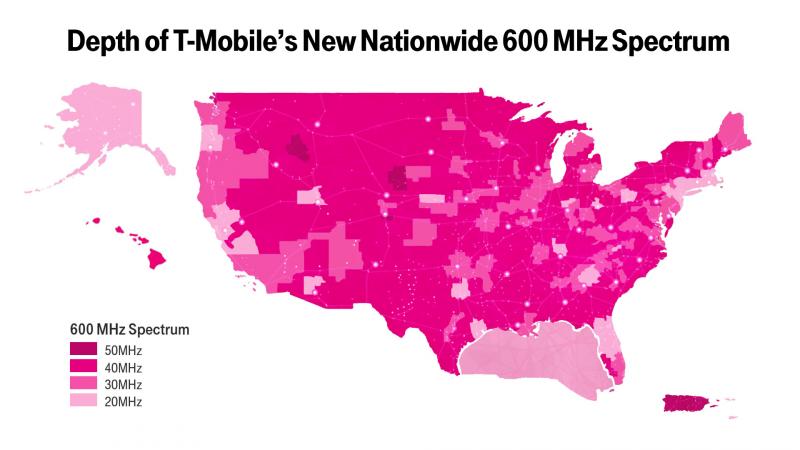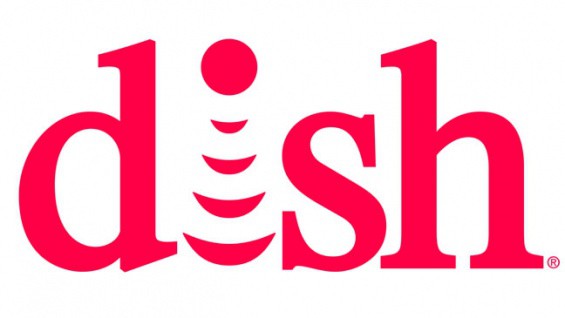
Polka
The nation’s trade association for independent cable companies wants the FCC to prohibit broadcasters from blacking out TV stations during disasters and local emergencies.
The American Cable Association applauded the FCC’s intervention in the recent retransmission consent dispute between Dish Networks and Lilly Broadcasting, which resulted in the satellite provider losing access to a Caribbean-focused station for viewers in Puerto Rico and the U.S. Virgin Islands.
“The commission should find it intolerable for a broadcaster seeking to leverage higher retransmission consent fees to block viewers in a state of emergency from accessing critical, and potentially life‐saving, information,” wrote ACA president Matthew Polka. “It is no answer in such a situation for the broadcaster to suggest that viewers should switch providers or install antennas in order to access this information.”
ACA members, often small cable companies providing service in rural areas, also face station blackouts during tough contract renegotiation talks at a time when many stations are asking for unprecedented rate increases — sometimes 100% or more — in return for a carriage renewal agreement. Some stations have used whatever leverage they can find to pressure cable operators to agree to their terms, without disclosing to viewers just how much some stations are asking to renew those contracts. Most cable operators have passed those fees on to subscribers, which can easily add $5-7 a month to a cable television bill just for three or four local stations.
Lilly’s decision to blackout its One Caribbean TV channel left English-speaking viewers in Puerto Rico without an important news source. Most broadcast outlets on that island broadcast for the much larger Spanish-speaking population. The station was quickly returned to Dish’s lineup after it became a political issue.
Polka wants to make sure a similar situation does not happen in the future, so he’s asked the FCC to consider adding a requirement to the FCC’s “good faith” rules that govern acceptable behavior during retransmission consent negotiations forbidding stations from pulling their signal anywhere the FCC has activated its Disaster Information Reporting System, and to guarantee those signals will remain accessible for the duration of the event.
“We urge the commission to propose and seek comment on such a rule change as soon as possible in order to avoid consumer harm in future emergencies,” Polka told the FCC.


 Subscribe
Subscribe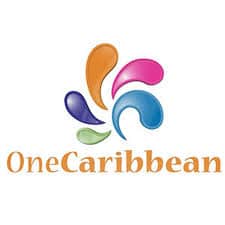 As Puerto Rico and the U.S. Virgin Islands enter another week mostly in darkness, a TV station owner is accused of putting its financial well-being ahead of storm victims getting access to the latest news and developments after ordering its One Caribbean TV channel off the lineup of Dish Networks in a contract dispute.
As Puerto Rico and the U.S. Virgin Islands enter another week mostly in darkness, a TV station owner is accused of putting its financial well-being ahead of storm victims getting access to the latest news and developments after ordering its One Caribbean TV channel off the lineup of Dish Networks in a contract dispute.